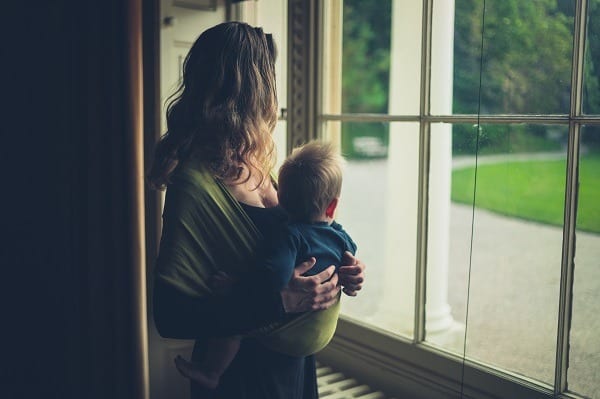The health risks of loneliness have been compared to smoking 15 cigarettes a day by US Surgeon General Vivek Murthy, given the impact on lifespan and damaging health consequences.
And yet, in Australia, there are few warnings on it. There have been few public health campaigns, and little has been done to combat some likely contributors, social media use and addiction among them.
Meanwhile, preconceptions many of us hold about which types of individuals are and will be lonely – such as the idea that someone who lives with immediate family or who has a partner is unlikely ever to be lonely – limit our understanding of how widespread the issue is. Also limiting is the idea that being ‘always on’ and connected could prevent or cure loneliness.
But our understanding of loneliness could be set to change, especially with more data and attention on the rates of loneliness and the health and wellbeing consequences of loneliness.
New research today finds that one in six Australians report feeling severely lonely, with those aged 18 to 24 most likely to report feeling often or always lonely, at 38 per cent. Just 13 per cent of those aged over 75 feel that way, with the 65 to 74-year-old cohort being the second less lonely, at 26 per cent. The remaining age groups are in the low to mid thirty per cent margins.
The State of the Nation Report from Ending Loneliness Together, launched today to mark the first Loneliness Awareness Week, surveyed 4000 Australians aged 18 to 92.
Led by Michelle Lim, who oversees a coalition of research organisations involved, she noted how people can report feeling lonely despite not being physically isolated.
That’s seen particularly in the age groups most likely affected – those aged 18 to 24 — who often live with immediate family such as parents, followed by a middle-aged cohort of those aged 45 to 54, who also often live with immediate family, especially children.
Living with other people is not enough to counter loneliness. And nor is having a partner enough. One in three Australians living with their immediate families reported being lonely, along with almost one in four who live with a partner.
The impacts of loneliness can affect all areas of life. The study finds that those who are lonely are twice as likely to have chronic disease, 4.6 times more likely to have depression, 4.1 times more likely to have social anxiety, and 5.2 times more likely to have poorer wellbeing.
Australians who feel lonely are also less engaged in physical activity, more likely to have social media addiction, and less productive at work.
Location also plays a role. Thirty-nine per cent of those living in the most disadvantaged neighbourhoods are lonely, compared with 28 per cent those in the least disadvantaged neighbourhoods.
The report will be presented to the Parliamentary Friends of Ending Loneliness in Canberra today, which is – importantly – a bipartisan group, crossing party lines and politics to highlight the need to work together on this issue.
Clearly, there is significant work to do on addressing loneliness, which starts with addressing the misconceptions, stereotypes and stigma associated with it. One-third of Australians say they feel ashamed when they feel lonely and are reluctant to seek help around the connections they need. Also, 58 per cent of people do not talk about feeling lonely.
These figures released today, and the start of National Loneliness Awareness Week ,are great opportunities to raise awareness on the issue. More important will be the strategies for addressing loneliness, where everyone from policymakers to employers, small businesses, community groups, schools and universities and your next-door neighbour, can contribute.


